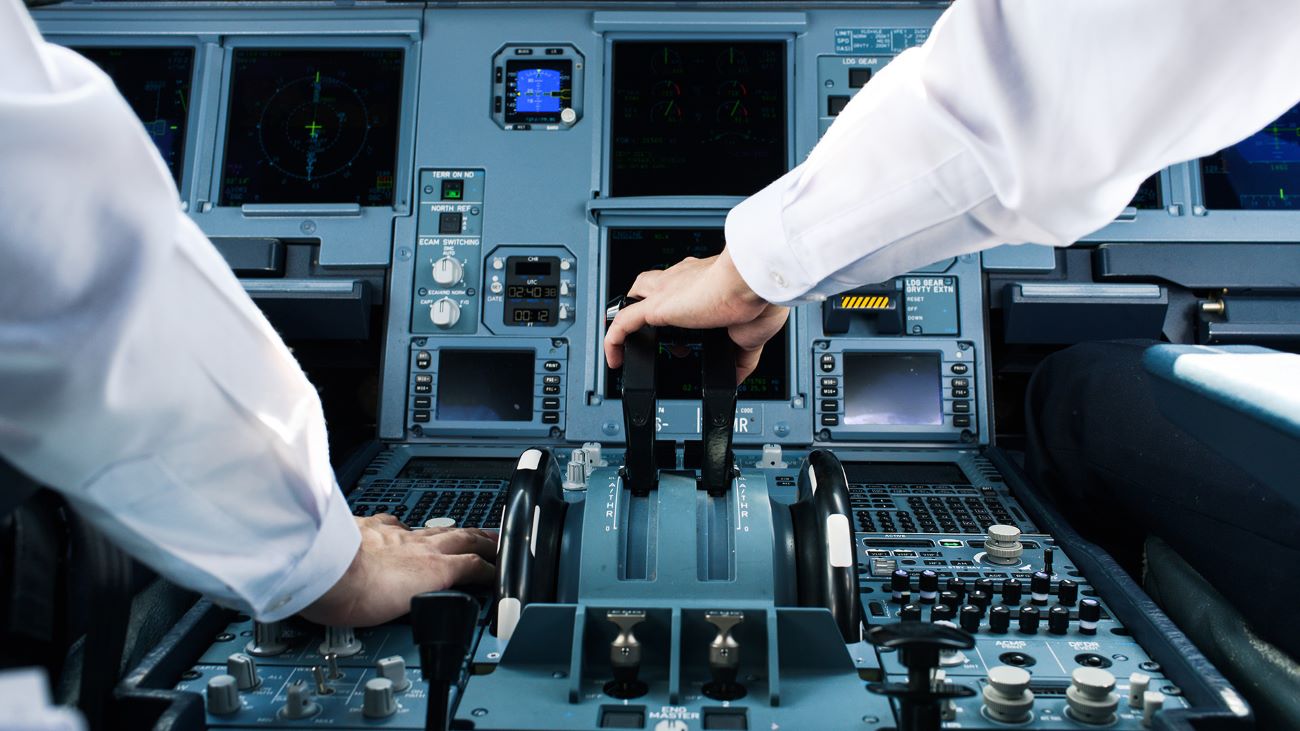With the ongoing severe pilot shortage predicted to climb close to 260,000 over the next decade, some of the big industry names have proposed a way to curb the issue. One-pilot cockpit bid has been making waves across the industry recently, both European Union Aviation Safety Agency (EASA) and United States’ Federal Aviation Administration (FAA) launching investigations on the topic. This raises a vital question if moving away from a two-pilot structure is the right solution.
The norm of having two pilots, the captain and the first officer, on board the commercial aircraft has been in place for around 30 years. Such a structure – moving from five pilots in a cockpit – was possible with the advancements in radio communication, navigation systems and on-board monitoring tools, cutting the need for the flight engineer, the navigator, and a radio operator to be on board. However, the proposed move from two to one pilot on board is most likely to be much more difficult, introducing several safety risks.
“There are numerous concerns that come with such structural change,” observes Alison Dsouza, Director of Aerviva Aviation Consultancy, a Dubai-based international consultancy, specializing in aviation recruitment and document management. “The two pilots on board take on vital roles during all stages of a flight – one pilot is actively flying the plane, while the other is monitoring instrumentation, managing the checklist, and communication with the air control tower. You can see how without the co-pilot the flight becomes too much to handle for one pilot, even a very experienced one.”
Dsouza further explains that a single pilot could go under immense stress if an emergency is present and with no backup on board this could become disastrous. It is an exceedingly high psychological barrier for a lone pilot to climb over, as they won’t have anyone else to rely on, which could have disastrous consequences. Additionally, it also means increased working hours and responsibilities, and even steeper requirements for pilots to qualify.
EASA has, too, recently concluded in the EASA Safety Risk Assessment Framework that single-pilot commercial operations by 2023 are deemed unrealistic, stating that solo flying requires a safety equivalent to existing operations and automation hasn’t advanced that far ahead to support the implementation. However, the Agency did not rule out that by 2027 some phases of the flight would have one pilot in the cockpit. Dsouza agrees only with the former that while innovative technologies have been introduced, replacing the experience and level of safety of a co-pilot is very unlikely.
“There are several examples from the last couple of decades where only by having two well experienced pilots helped avoid some of the biggest aviation catastrophes, like the 2009 Hudson River incident. Two heads are always better than one in such a responsible and high-stakes career like commercial airline pilot, and no current technology could compensate that.”
However, the probability of a single pilot operations isn’t a new dilemma. The issue of pilot fatigue has been raised by the European Cockpit Association as early as 2012. Over 50% of then-surveyed pilots said to have experienced fatigue that impaired their ability to perform well while on flight duty. 93% of pilots in Denmark said they had to cope with fatigue while in a cockpit, Germany following close behind with 92%, and Sweden with 89%. Fatigue has been cited as a main factor in several accidents and serious incidents since.
The public opinion is, too, opposing single pilot operations. Air Line Pilots Association’s (ALPA) conducted survey in 2019 found that as much as 85% of travellers would feel uncomfortable on a flight without two pilots, not to mention fully automated flights. Today’s opinion on the matter has not changed,
As the aviation industry tries to handle the global pilot shortage issue, daring propositions like the one-pilot cockpit idea is not a risk worth taking right now, especially considering the dangers single pilot operations carry.

